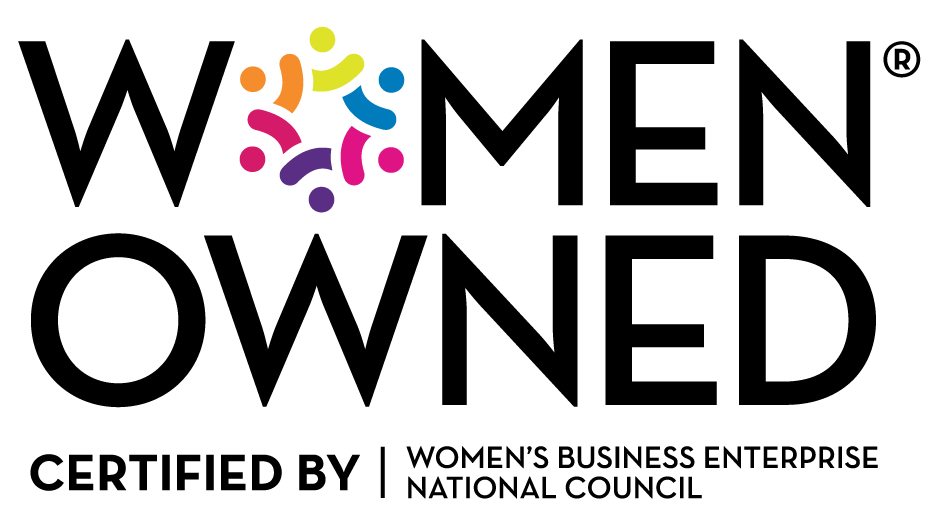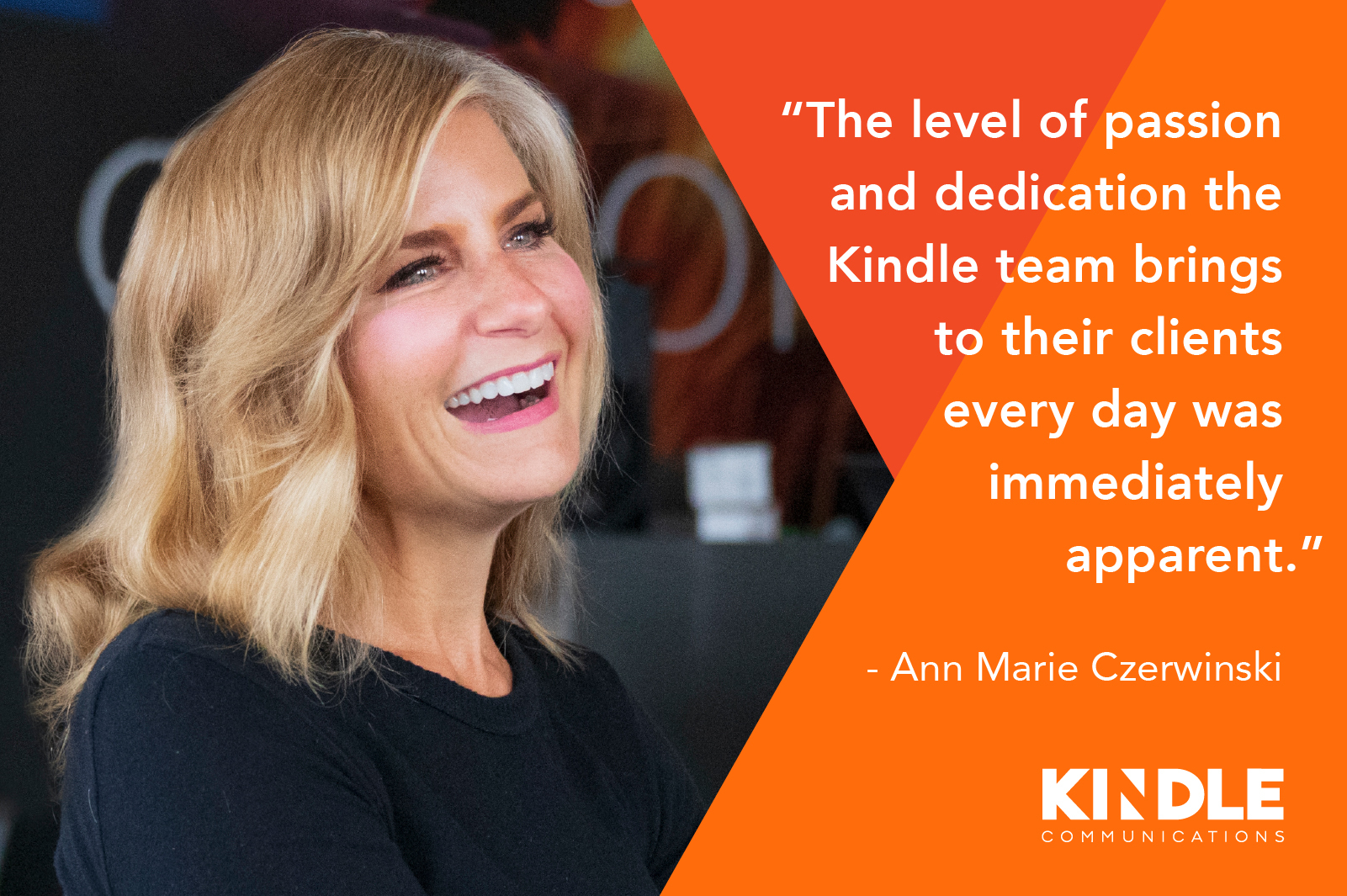Five Change Management Tactics That Will Boost Employee Engagement

Organizational change can leave employees and stakeholders feeling unmotivated, leading to concerns about job security, fears about capabilities and cynicism regarding leadership. After all, big changes can disturb the established workplace environment.
If businesses aren’t listening to their employees and communicating changes effectively, the transformations will ultimately fail. And failed transformation results in change fatigue.
In order to succeed, business leaders need to make internal communication a priority. If executives don’t take the time to explain the adjustments, they can’t expect employees to be onboard. It’s no wonder that 44% of respondents to a PWC survey said they resisted organizational change — they didn’t understand it.
Implementing change management cannot be done through one-way, arms-length engagement. To avoid change fatigue, try gauging employee receptiveness and communicating openly. You can better develop effective change management strategies by considering employee needs. Emails, announcements, and other forms of digital communication are a good start, but the most successful rollouts require a personal touch. That’s where internal events come into play.
Events provide the live, two-way, and nuanced engagement that helps employees feel valued and heard. They offer a platform to increase understanding of the often complex and multi-layered journey of organizational change. Here are five event strategies that will support your change management approach and deliver the best results:
1. Have leaders deliver the message.
Employees want to hear about organizational change from the leaders at the top of the company. The message shouldn’t come from behind a closed office door; it needs to be delivered in a setting where the communication and engagement feel authentic and real.
Have leaders stress confidence in the process. Change can create uncertainty and anxiety, but having leaders speak in person about what lies ahead can help alleviate those concerns.
2. Go small.
Big events help to foster a shared sense of purpose when initiating organizational change, but small meetings are just as important to win employee trust. Departmental and team events allow employees to delve more deeply into how your company’s change management approach will affect them personally.
Department leaders should align smaller events with the larger company messaging to maximize effectiveness. However, small events should always focus on employees first and foremost. Anne Mulcahy at Xerox Holdings Corporation adopted this strategy when the company was recovering from leadership mistakes. She spent time talking to individual employees before implementing an effective change management strategy based on her findings. The result: Company profitability soared.
3. Open the floor.
Change breeds questions. It’s easy to lose sight of the details when describing the big picture, but it’s the particulars that impact employees the most. Make sure events and meetings aren’t one-way platforms for executives to talk.
Provide opportunities for employees to ask questions and relay their input. Reply honestly and open the flow of communication. Dialogue ensures that everybody will be on the same page at the end of the discussion. Save time and resources later down the road by answering the pertinent questions from the start.

4. Promote employee voices.
Strategic change management is often promoted solely by executives, and that can leave employees feeling that only leadership benefits. To combat this, give employees a more prominent role in the engagement process.
By leveraging employee voices, you can thoughtfully address the keychallenges with change management. Individuals who are embracing change and demonstrating how to move forward can share insights that are more attuned to how their colleagues think and work. These insights may not have occurred to team leaders, but employees can voice both the challenges and benefits of transforming.
5. Engage again and again.
Effective change management strategies aren’t introduced overnight. Organizational transformation is an evolving process, and communication strategies must follow the same logic. Regular updates are essential to help employees feel included.
Show appreciation for employee feedback and effort during the process. The visibility and appreciation that comes with this process can help employees focus on the good work they and their teammates are doing.
Employee engagement needs to be at the heart of a successful change management plan. Employees want to hear what’s happening within the organization, but they also want to be heard. Don’t ignore concerns about job security and fears of being left behind. Instead, use big and small events to open up conversations between leaders and employees. Those platforms guarantee success when implementing organizational change.














